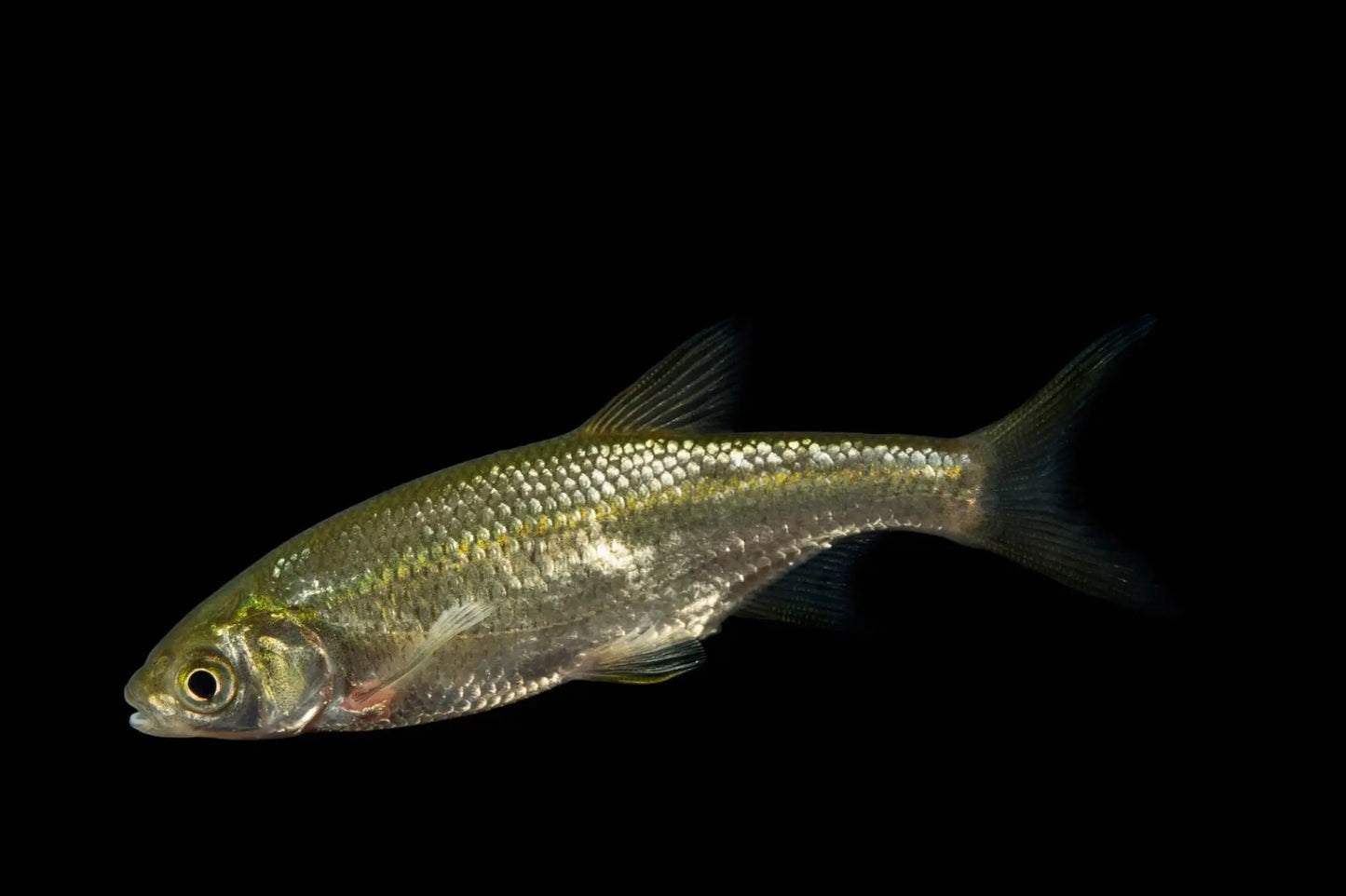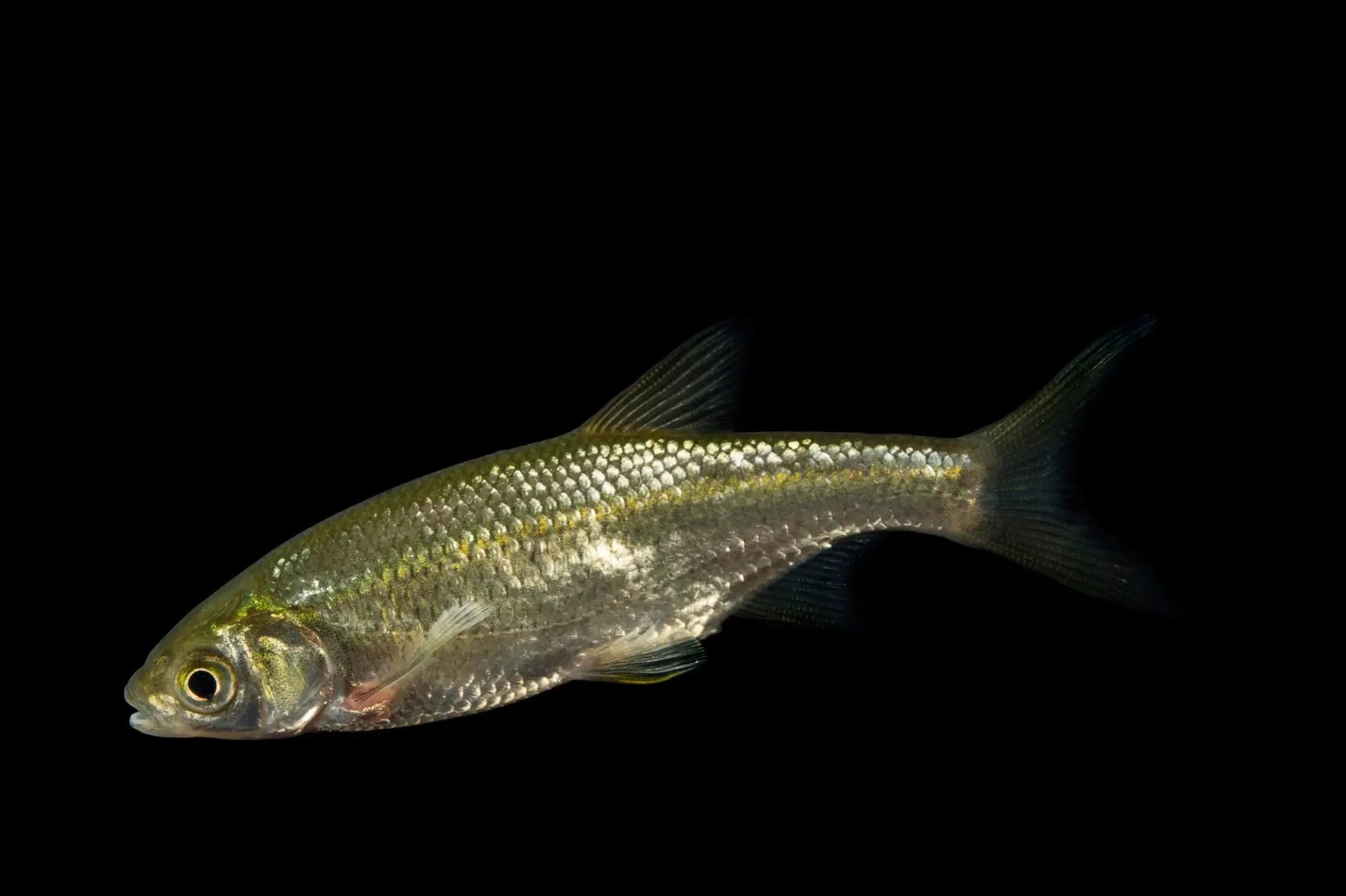Golden Shiner – Notemigonus crysoleucas
Golden Shiner – Notemigonus crysoleucas
Out of stock
Couldn't load pickup availability
Golden Shiner – Notemigonus crysoleucas
The Golden Shiner (Notemigonus crysoleucas) is a hardy, fast-swimming North American species admired for its shimmering gold body and lively schooling behavior. Commonly found in ponds, lakes, and slow-moving streams, Golden Shiners are excellent for large aquariums, pond setups, or as active dither fish in community tanks.
Their metallic scales reflect light beautifully, adding a bright, natural look to any setup. Known for their resilience and adaptability, Golden Shiners tolerate a wide range of water conditions, making them a favorite among hobbyists and pond keepers alike.
Features:
- 🐟 Scientific Name: Notemigonus crysoleucas
- 🌎 Origin: North America
- 🌈 Coloration: Shimmering gold or silvery-gold with translucent fins
- 💧 Temperament: Peaceful and schooling
- 🍽️ Diet: Omnivore – accepts flakes, pellets, algae, and frozen foods
- 🪸 Tank Level: Mid to top
Recommended Tank Parameters:
- Temperature: 60–75°F
- pH: 6.5–8.0
- KH: 4–15 dKH
- Minimum Tank Size: 30 gallons (school of 6+)
- Environment: Open swimming space with plants or pond habitat
Behavior & Compatibility:
Golden Shiners are peaceful, active schooling fish that do best in groups of 6 or more. Ideal for outdoor ponds, large freshwater aquariums, or natural biotope setups. Compatible with other peaceful pond or community fish such as goldfish, koi, and danios.
Frequently Asked Questions (FAQ)
Q: Are Golden Shiners peaceful?
A: Yes — they are calm, schooling fish that do well with other peaceful species.
Q: Can Golden Shiners live in ponds?
A: Absolutely! They thrive in outdoor ponds and are cold-tolerant.
Q: How large do they get?
A: Adults typically grow to 4–6 inches.
Q: What do they eat?
A: They’re omnivores — feed flakes, pellets, and frozen foods like bloodworms or daphnia.
Q: Can I keep them with goldfish or koi?
A: Yes, they’re compatible and make great companions in community pond environments.

